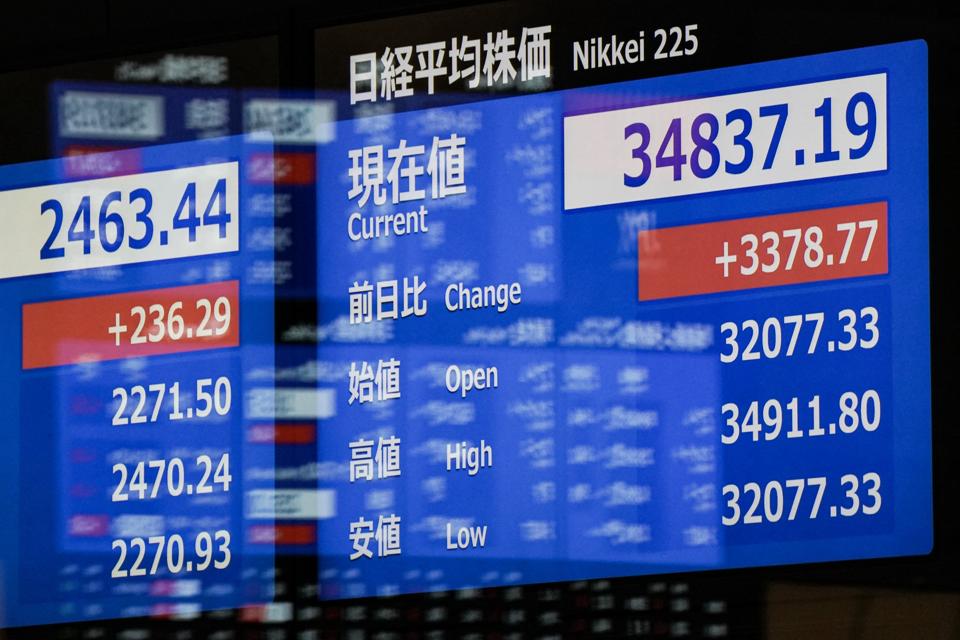For the first time in its history, Japan has elected a woman to its highest political office. On October 21, 2025, Sanae Takaichi became Japan’s first female prime minister a moment that has captivated both global headlines and financial markets. Her rise is more than symbolic. It comes at a moment when Japan’s economy, equity markets, and corporate culture are already undergoing a profound shift toward modernization and efficiency. The question for investors is simple: does this mark the start of Japan’s next great bull run?
A Political First and a Pragmatic Conservative
Takaichi’s election represents a historic breakthrough in a country where gender parity in leadership has long lagged behind its economic sophistication. Yet investors shouldn’t mistake her gender milestone for a sharp ideological shift. A protégé of former Prime Minister Shinzo Abe, Takaichi has built her career as a pragmatic conservative focused on fiscal stimulus, industrial policy, and national security rather than sweeping social reform.
Her early cabinet appointments signal continuity with the Abe economic doctrine, often called Abenomics: a combination of monetary easing, fiscal expansion, and structural reforms aimed at combating deflation and reviving growth. But she has added her own emphasis channeling government investment into semiconductors, artificial intelligence, and defense technologies, while maintaining Japan’s delicate balance between fiscal prudence and proactive stimulus.
A Market Already in Motion
Investors have responded swiftly. The Nikkei 225 touched new highs following her election, powered by consumer and technology shares. Markets are betting that renewed fiscal expansion, coupled with Japan’s ongoing corporate governance revolution, could lift profitability and returns to levels unseen in decades.
Indeed, Japan’s market dynamics are among the most intriguing globally right now. The Tokyo Stock Exchange has been pressing listed firms to improve return on equity (ROE), unwind cross-shareholdings, and deploy cash more productively. This wave of reform aimed squarely at better capital efficiency is already transforming boardrooms and investor expectations. The result is a market where balance sheets are stronger, dividends are rising, and valuations remain attractive relative to Western peers. For investors who have long viewed Japan as a “value trap,” these structural changes are starting to rewrite the narrative.
Economic Context and Opportunity
Japan’s macroeconomic environment remains challenging with an aging population, tight labor markets, and persistent inflationary pressures. Yet those very headwinds are forcing reform. Takaichi has floated the idea of issuing new bonds to fund strategic investment, echoing post-war reconstruction-era ambitions to rebuild national competitiveness through targeted industrial support.
Her focus aligns with a global shift toward economic nationalism and strategic autonomy. Sectors such as advanced manufacturing, AI, cybersecurity, green infrastructure, and defense technology stand to benefit most from this policy direction. At the same time, consumer-facing industries could gain from targeted spending that boosts domestic demand and tourism ahead of major events like the Osaka Expo in 2025.
Historical Parallels: Thatcher and Merkel
If history offers any guide, investors might take comfort from similar leadership transitions abroad. When Margaret Thatcher became the United Kingdom’s first female prime minister in 1979, the FTSE All-Share Index delivered a roughly 4.3% gain in her first year in office. Likewise, when Angela Merkel assumed Germany’s chancellorship in 2005, the DAX Index began a sustained period of expansion, climbing nearly 7% in her first twelve months and more than 60% over her first term.
Leadership matters not only in politics but in the psychology of markets. Symbolic change often coincides with a shift in investor sentiment and reform momentum. Japan now finds itself at a similar inflection point, with structural tailwinds and global attention converging.
Caveats and Contradictions
Of course, not every headline leads to a bull market. Several cautionary factors remain. Takaichi’s governing coalition is a partnership between the Liberal Democratic Party and the Japan Innovation Party (Ishin) and together they hold a slimmer majority than past governments, raising questions about political durability. Fiscal expansion will test Japan’s already-elevated debt-to-GDP ratio. And while she has pledged to advance women’s empowerment, her cabinet remains overwhelmingly male, underscoring the slow pace of social change.
Geopolitically, her hawkish stance toward China and support for a more assertive defense posture could have mixed implications for regional investors. A stronger yen or shifts in energy prices could also complicate export dynamics.

An electronic quotation board displays share price on the Tokyo Stock Exchange in Tokyo on August 6, 2024. Tokyo stocks bounced back in early trade on August 6 following a historic selloff on worries over the US economy and a stronger yen. (Photo by Kazuhiro NOGI / AFP) (Photo by KAZUHIRO NOGI/AFP via Getty Images)
AFP via Getty ImagesSectors to Watch
For those considering exposure, several themes stand out:
Technology and Semiconductors: Japan’s push to regain self-sufficiency in chips could benefit firms in equipment manufacturing, materials, and advanced robotics.Defense and Security: Rising defense budgets and closer U.S. alignment will create opportunities in aerospace, cybersecurity, and dual-use technologies.Consumer and Leisure: Stimulus-driven consumption and inbound tourism recovery may lift consumer discretionary and hospitality sectors.Green Infrastructure: Government-backed investment in clean energy and mobility will favor construction, renewables, and next-generation transport.Summary: A Moment Worth Watching
Japan’s first female prime minister is not just a political milestone, it may be the catalyst for a broader market re-rating. Corporate governance reforms are unlocking trapped value, the yen remains undervalued by most measures, and policymakers are signaling a renewed commitment to growth.
Yet execution will determine whether this optimism endures. Investors would be wise to balance enthusiasm with selectivity by emphasizing companies that are both aligned with Takaichi’s growth agenda and responsive to shareholder discipline.
The symbolism of Japan’s first female leader will dominate headlines. But the substance of fiscal policy, governance reform, and market discipline could define the decade. History suggests that when nations embrace reform under fresh leadership, markets tend to respond favorably. Japan may be poised to prove that true once again.


AloJapan.com